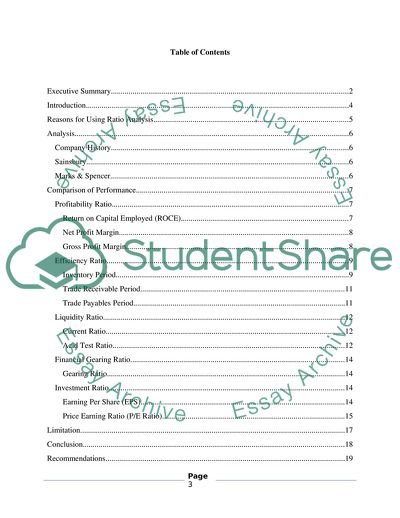Cite this document
(Understanding and Interpreting Financial Statements Case Study, n.d.)
Understanding and Interpreting Financial Statements Case Study. Retrieved from https://studentshare.org/finance-accounting/1746491-understanding-and-interpreting-financial-statements
Understanding and Interpreting Financial Statements Case Study. Retrieved from https://studentshare.org/finance-accounting/1746491-understanding-and-interpreting-financial-statements
(Understanding and Interpreting Financial Statements Case Study)
Understanding and Interpreting Financial Statements Case Study. https://studentshare.org/finance-accounting/1746491-understanding-and-interpreting-financial-statements.
Understanding and Interpreting Financial Statements Case Study. https://studentshare.org/finance-accounting/1746491-understanding-and-interpreting-financial-statements.
“Understanding and Interpreting Financial Statements Case Study”. https://studentshare.org/finance-accounting/1746491-understanding-and-interpreting-financial-statements.


